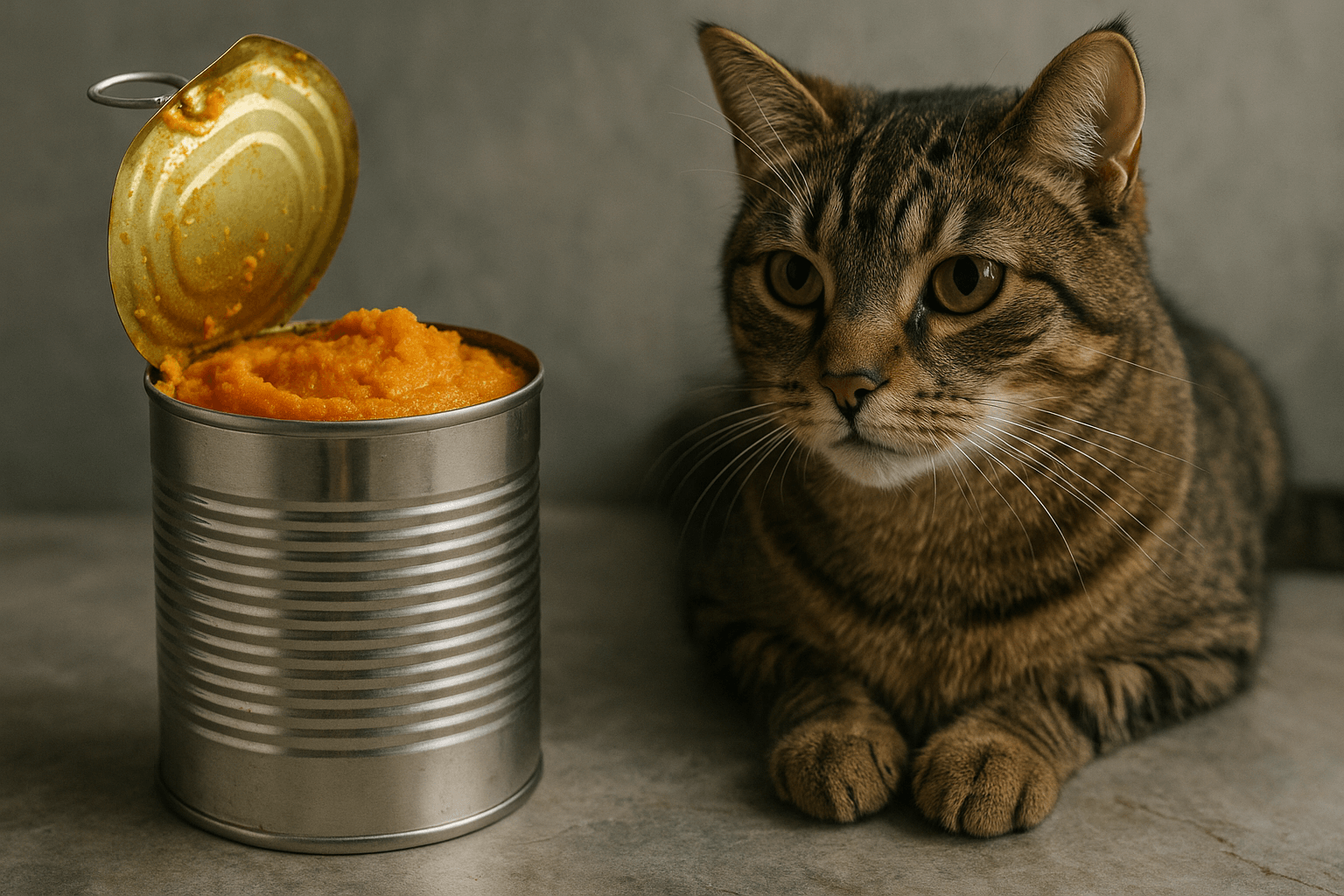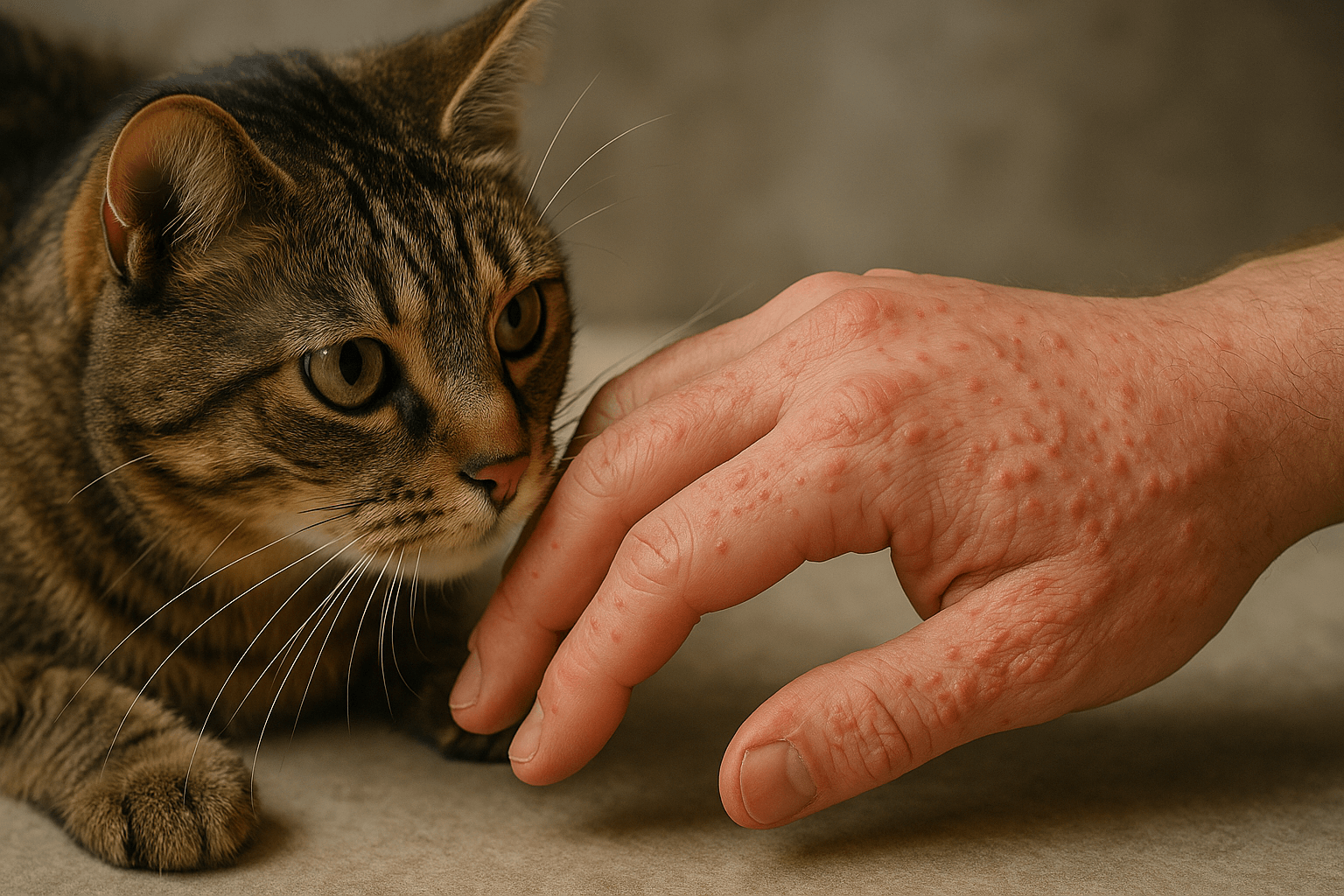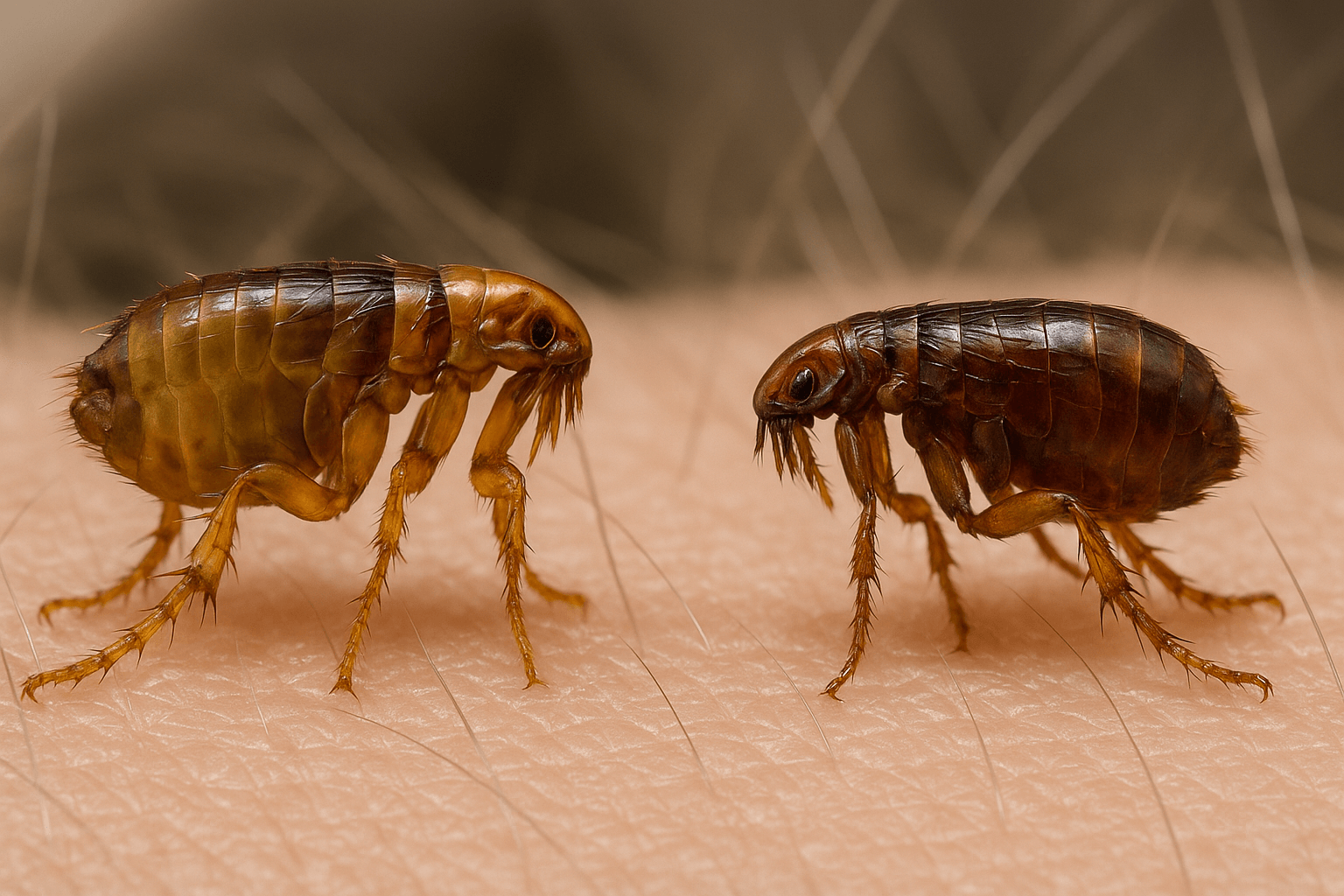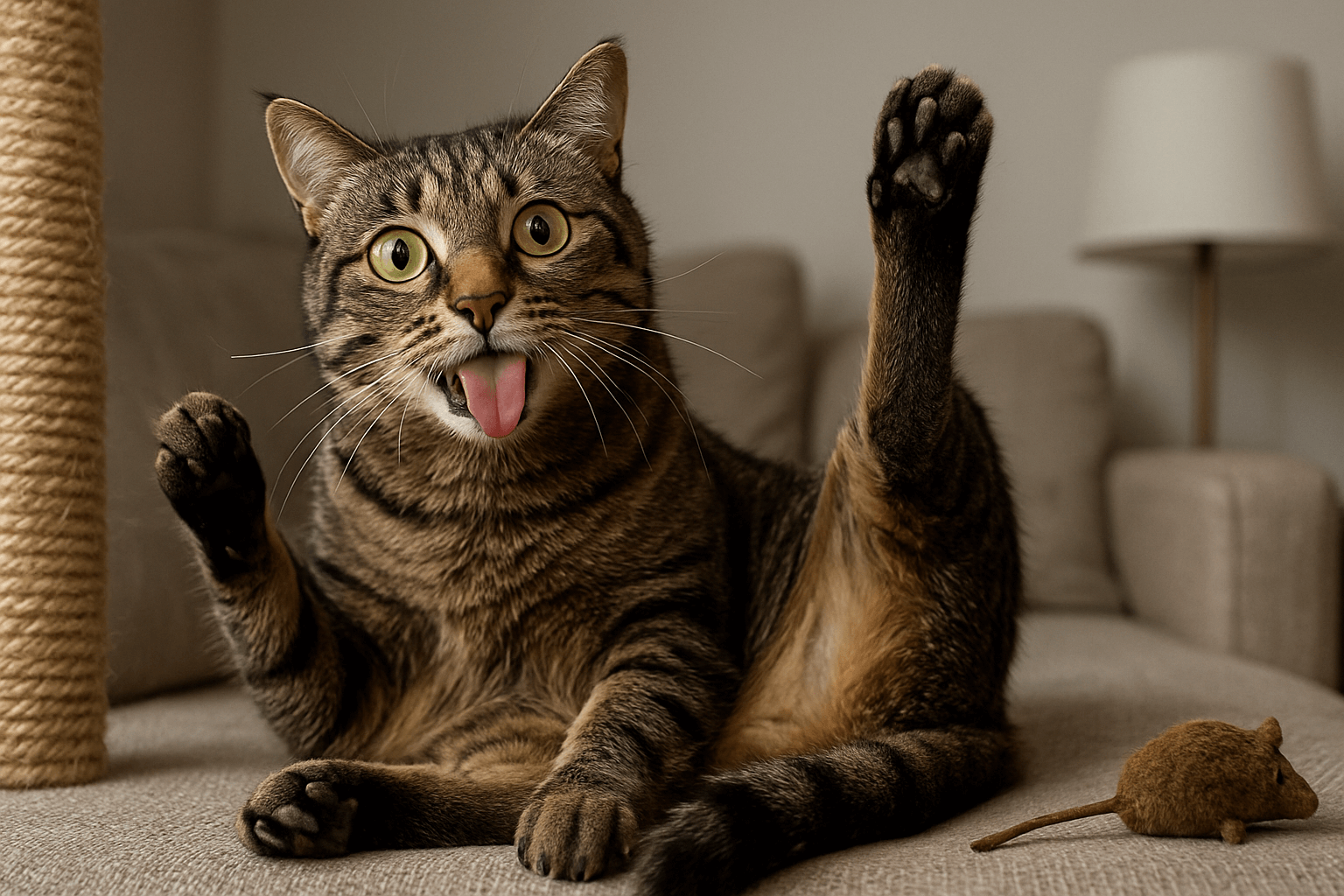Can Cats Eat Chocolate Ice Cream?
When it comes to sharing our favorite treats with our feline companions, it’s natural to wonder if they can enjoy the same indulgences. Chocolate ice cream, a beloved dessert for humans, might seem like a tempting treat to offer your cat—but is it safe? While cats are curious creatures who may show interest in your snacks, their dietary needs and sensitivities differ greatly from ours. Understanding what ingredients pose risks and how to keep your cat healthy is essential before introducing any human food into their diet. Let’s explore whether chocolate ice cream is a harmless indulgence or a potential hazard for your furry friend.
Why Chocolate Ice Cream Is Dangerous for Cats
Chocolate ice cream contains several ingredients that can be harmful to cats. Even small amounts of this sweet treat can lead to serious health issues. Here are the main reasons why chocolate ice cream should never be fed to your cat.
Theobromine and Caffeine in Chocolate:
Chocolate contains theobromine and caffeine, both of which are toxic to cats and can cause symptoms ranging from vomiting to seizures.High Sugar Content:
The excessive sugar in ice cream can upset your cat’s stomach and contribute to obesity or diabetes over time.Lactose Intolerance:
Most adult cats are lactose intolerant, meaning dairy products like ice cream can lead to digestive upset, including diarrhea and gas.Artificial Additives:
Many ice creams contain artificial flavors, colors, or preservatives that can irritate a cat’s sensitive digestive system.Risk of Choking or Overeating:
Cats may not know when to stop eating unfamiliar foods, leading to overconsumption and potential choking hazards.
Feeding your cat chocolate ice cream is simply not worth the risk, as the combination of these harmful ingredients can jeopardize their health.
Signs Your Cat May Have Eaten Chocolate Ice Cream
If your cat accidentally consumes chocolate ice cream, it’s important to recognize the signs of toxicity early. Quick identification can help you seek veterinary care promptly.
Vomiting and Diarrhea:
These are common initial symptoms of chocolate or dairy ingestion and indicate digestive distress.Increased Thirst and Urination:
Chocolate toxicity can affect your cat’s kidneys, leading to increased water intake and frequent urination.Hyperactivity or Restlessness:
Theobromine and caffeine act as stimulants, causing unusual energy levels or agitation in cats.Tremors or Seizures:
In severe cases, chocolate poisoning can lead to muscle tremors or seizures, requiring immediate medical attention.Loss of Appetite:
If your cat refuses to eat after consuming chocolate ice cream, it could signal internal discomfort or illness.
If you notice any of these symptoms, contact your veterinarian immediately to ensure your cat receives proper care.
Check this guide 👉Can Cats Eat Honey? Best 7 Expert Tips!
Check this guide 👉Can Cats Have Whipped Cream? Best 7 Health Tips!
Check this guide 👉Can Cats Eat Bananas? Best 7 Expert Tips!

Safe Treats for Cats | Foods to Avoid Giving Cats |
|---|---|
Plain cooked chicken (no seasoning) | Chocolate and cocoa-based products |
Small pieces of banana | Dairy products like milk and ice cream |
Pumpkin puree (unsweetened) | Onions, garlic, and chives |
Blueberries (in moderation) | Grapes and raisins |
Catnip or specially-made cat treats | Alcohol and caffeinated beverages |
What to Do If Your Cat Eats Chocolate Ice Cream
Accidents happen, and if your cat sneaks a lick or bite of chocolate ice cream, it’s important to act quickly. Follow these steps to address the situation effectively.
Assess the Amount Consumed:
Determine how much chocolate ice cream your cat ate, as larger quantities pose greater risks.Monitor for Symptoms:
Keep a close eye on your cat for any signs of illness, such as vomiting, restlessness, or lethargy.Contact Your Veterinarian:
Call your vet immediately to describe the incident and follow their advice on next steps.Do Not Induce Vomiting Without Guidance:
Attempting to make your cat vomit without professional instruction can worsen the situation.Prevent Future Access:
Store chocolate ice cream and other hazardous foods out of your cat’s reach to avoid repeat incidents.
Taking swift action can prevent minor accidents from escalating into serious health problems.
How to Satisfy Your Cat’s Sweet Tooth Safely
While cats don’t have a natural craving for sweets due to their inability to taste sweetness, they may still show curiosity about your desserts. Here are some safe ways to indulge their curiosity without compromising their health.
Offer Plain Cooked Meat:
Cats are obligate carnivores, so plain cooked chicken or turkey makes a healthy and satisfying treat.Try Freeze-Dried Liver Snacks:
These high-protein snacks mimic the texture of ice cream while being completely safe for cats.Serve Frozen Cat-Friendly Treats:
Blend plain yogurt (lactose-free) with a bit of tuna and freeze it for a cool, refreshing snack.Use Specialized Cat Ice Cream:
Some pet stores sell cat-safe “ice cream” made without harmful ingredients like dairy or chocolate.Provide Fresh Water After Treats:
Always ensure your cat has access to fresh water to stay hydrated after eating.
By offering these alternatives, you can satisfy your cat’s curiosity without risking their well-being.
Common Misconceptions About Cats and Human Food
There are many myths surrounding what cats can and cannot eat. Clearing up these misconceptions helps you make informed decisions about your cat’s diet.
Cats Can Digest Dairy Like Humans:
Contrary to popular belief, most cats are lactose intolerant and struggle to digest dairy products.A Small Bite Won’t Hurt Them:
Even tiny amounts of toxic foods like chocolate can cause significant health issues for cats.Cats Crave Sweet Treats:
Cats lack the taste receptors for sweetness, so their interest in desserts is more about curiosity than flavor.Human Food Is Okay as an Occasional Treat:
Many human foods, including chocolate and onions, are toxic to cats regardless of frequency.Cats Know What’s Safe to Eat:
Cats rely on their instincts but cannot differentiate between safe and harmful human foods.
Understanding these misconceptions ensures you prioritize your cat’s safety over assumptions.
Tips for Keeping Harmful Foods Out of Reach
Preventing accidental ingestion starts with creating a pet-safe environment. These tips help minimize risks in your home.
Store Food in Secure Containers:
Keep chocolate, dairy, and other hazardous foods in sealed containers to prevent curious cats from accessing them.Avoid Leaving Food Unattended:
Never leave plates, bowls, or snacks where your cat can easily reach them.Teach Family Members About Risks:
Educate everyone in your household about which foods are unsafe for cats to avoid accidental sharing.Create a Designated Feeding Area:
Keep your cat’s food separate from human meals to reduce temptation and confusion.Supervise During Meal Times:
Keep an eye on your cat while you eat to ensure they don’t sneak bites of unsafe foods.
By implementing these strategies, you can create a safer environment for your feline friend.
Fun Ways to Bond Without Sharing Unsafe Foods
Bonding with your cat doesn’t require sharing your snacks—there are plenty of safe and enjoyable activities to strengthen your connection.
Play Interactive Games:
Use wand toys, laser pointers, or feather teasers to engage your cat in active playtime.Offer Puzzle Feeders:
Puzzle feeders challenge your cat mentally and physically, providing entertainment and rewards.Brush Their Fur Regularly:
Grooming sessions are relaxing for cats and help build trust between you and your pet.Train Them with Clickers:
Teaching tricks using positive reinforcement strengthens your bond and stimulates their mind.Spend Quality Time Together:
Simply sitting near your cat or talking to them in a soothing voice fosters companionship.
These activities prove that bonding with your cat doesn’t require risky food-sharing practices.
Frequently Asked Questions About Cats and Chocolate Ice Cream
Can cats eat small amounts of chocolate ice cream?
No, even small amounts can be harmful due to toxic ingredients like theobromine and caffeine.
What should I do if my cat licks chocolate ice cream off my spoon?
Monitor them closely for symptoms and contact your vet if you notice any unusual behavior.
Are all types of chocolate equally dangerous to cats?
Dark chocolate and baking chocolate contain higher levels of theobromine, making them more toxic than milk chocolate.
Can kittens tolerate chocolate ice cream better than adult cats?
No, kittens are even more vulnerable to toxicity and should never consume chocolate or dairy products.
How can I stop my cat from begging for my food?
Redirect their attention with toys or cat-safe treats to discourage begging behavior.
Prioritizing Your Cat’s Health Over Temptation
While it’s tempting to share your favorite snacks with your feline companion, chocolate ice cream is one treat that should always remain off-limits. Understanding the risks associated with its ingredients and recognizing the signs of toxicity can help you protect your cat’s health. By offering safe, cat-friendly alternatives and storing hazardous foods out of reach, you can ensure your pet stays happy and healthy. Remember, a little prevention goes a long way in keeping your curious kitty safe from harm.
Canned Pumpkin for Cat Diarrhea: Best 7 Expert Tips! Natural remedy to firm stools, soothe upset bellies, and support gut health safely.
Can a Cat Give You Scabies? Best 7 Expert Tips! Discover the truth about feline mites, human skin risks, and how to protect yourself—without panic.
Cat Flea vs Human Flea: Best 7 Expert Tips! Discover the truth about bites, species, and how to eliminate infestations for good.
Weird Cat Behaviors: Best 7 Expert Tips! Discover why cats do strange things—and how to understand, not punish, their instincts for a happier home.





